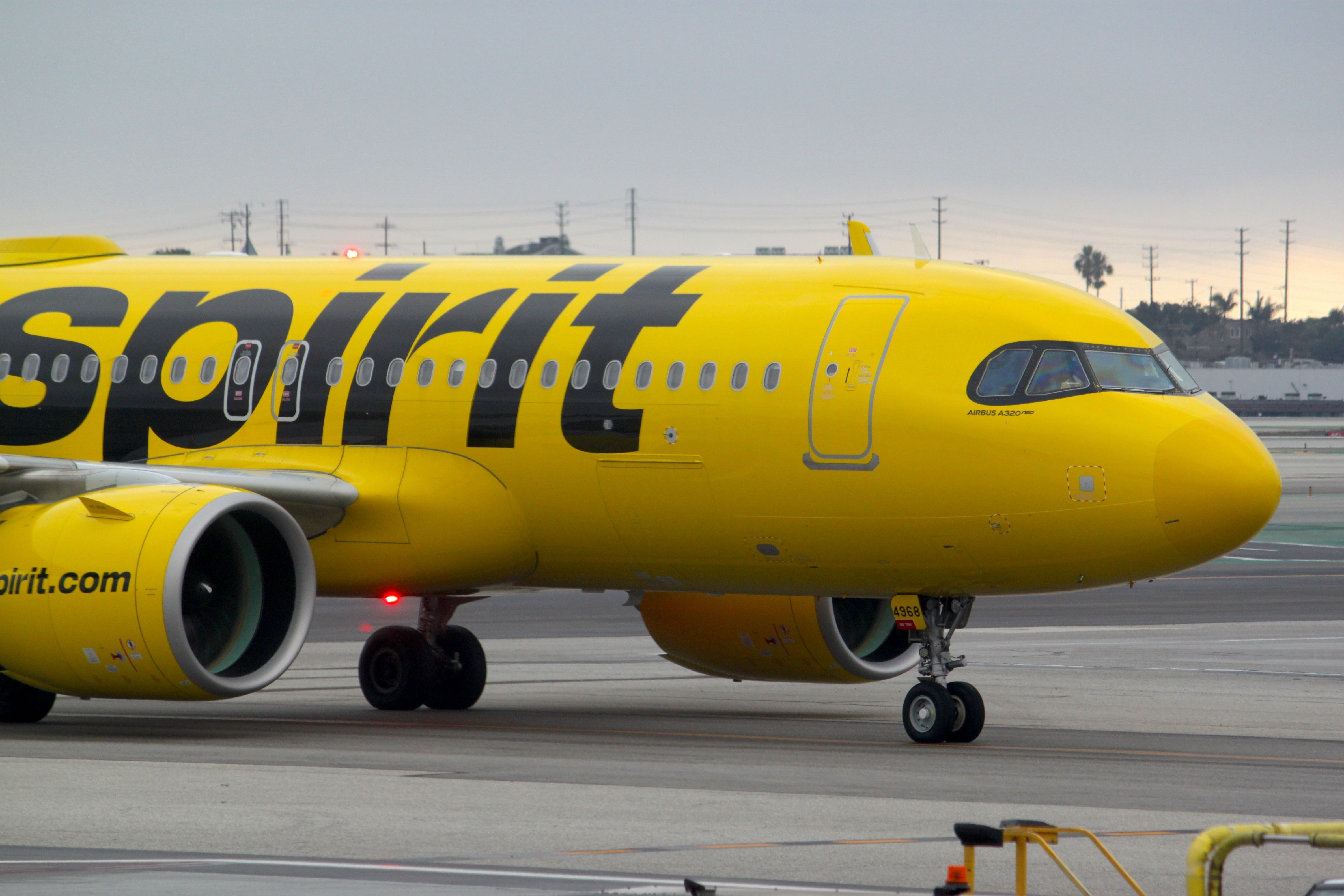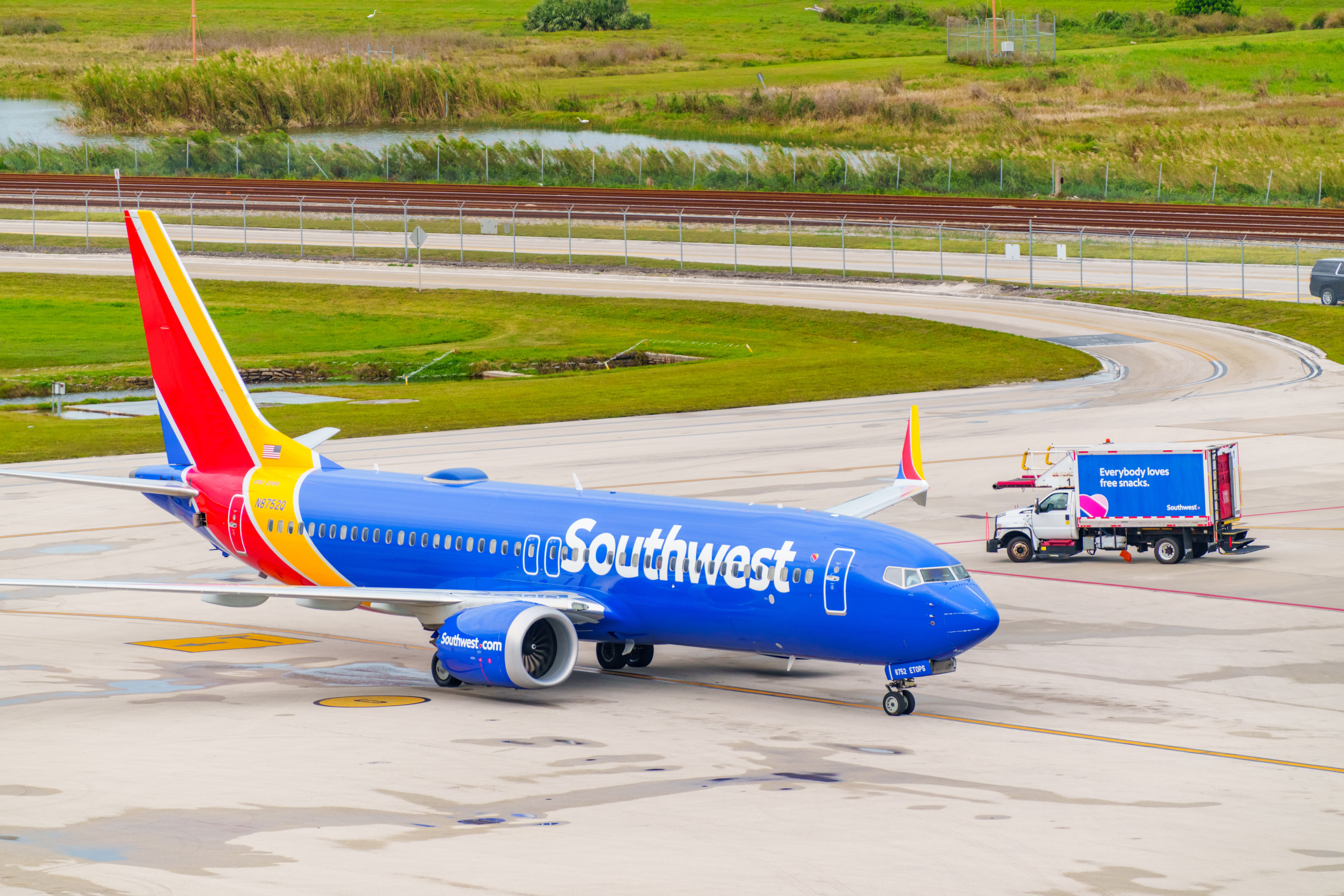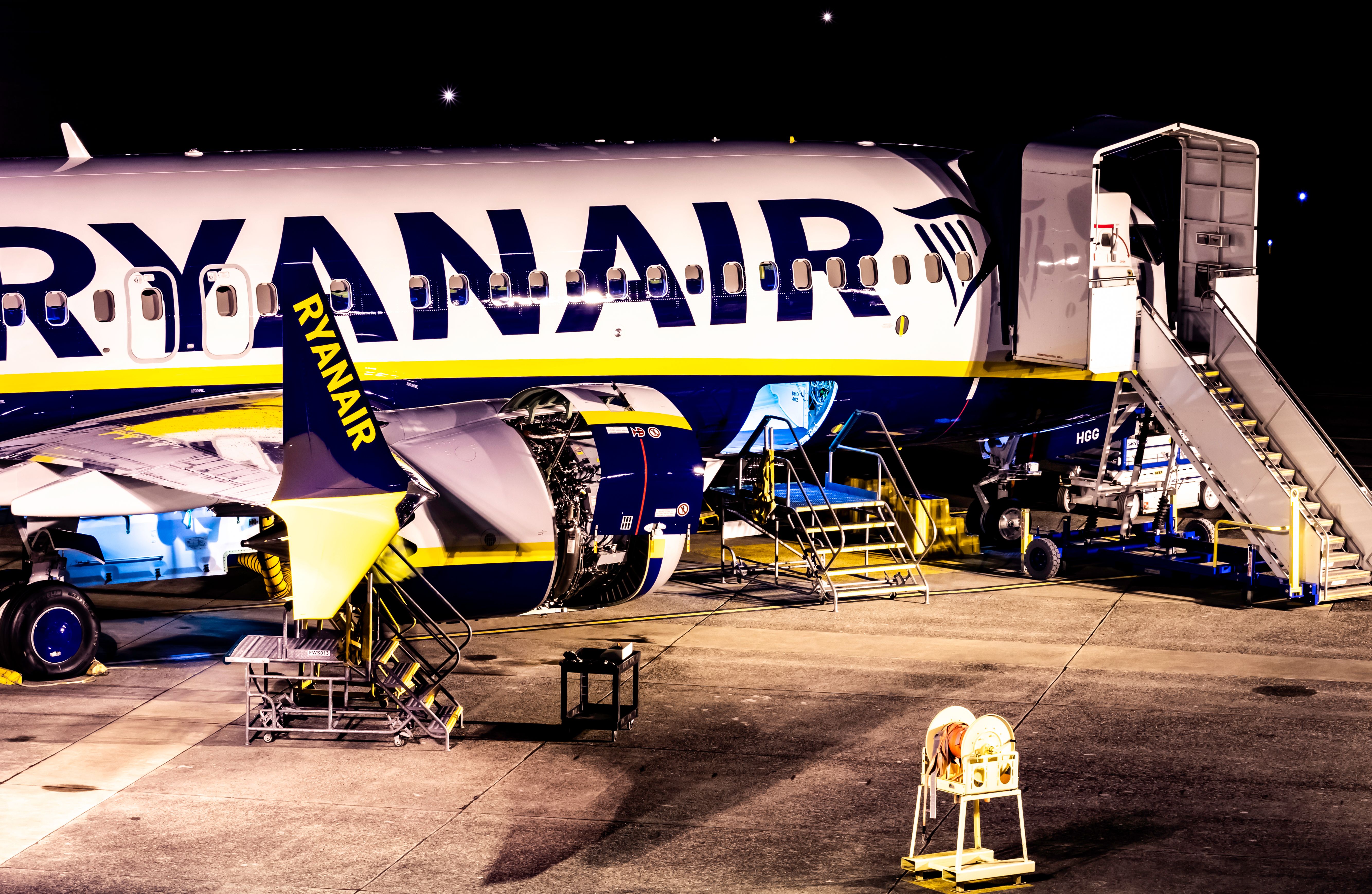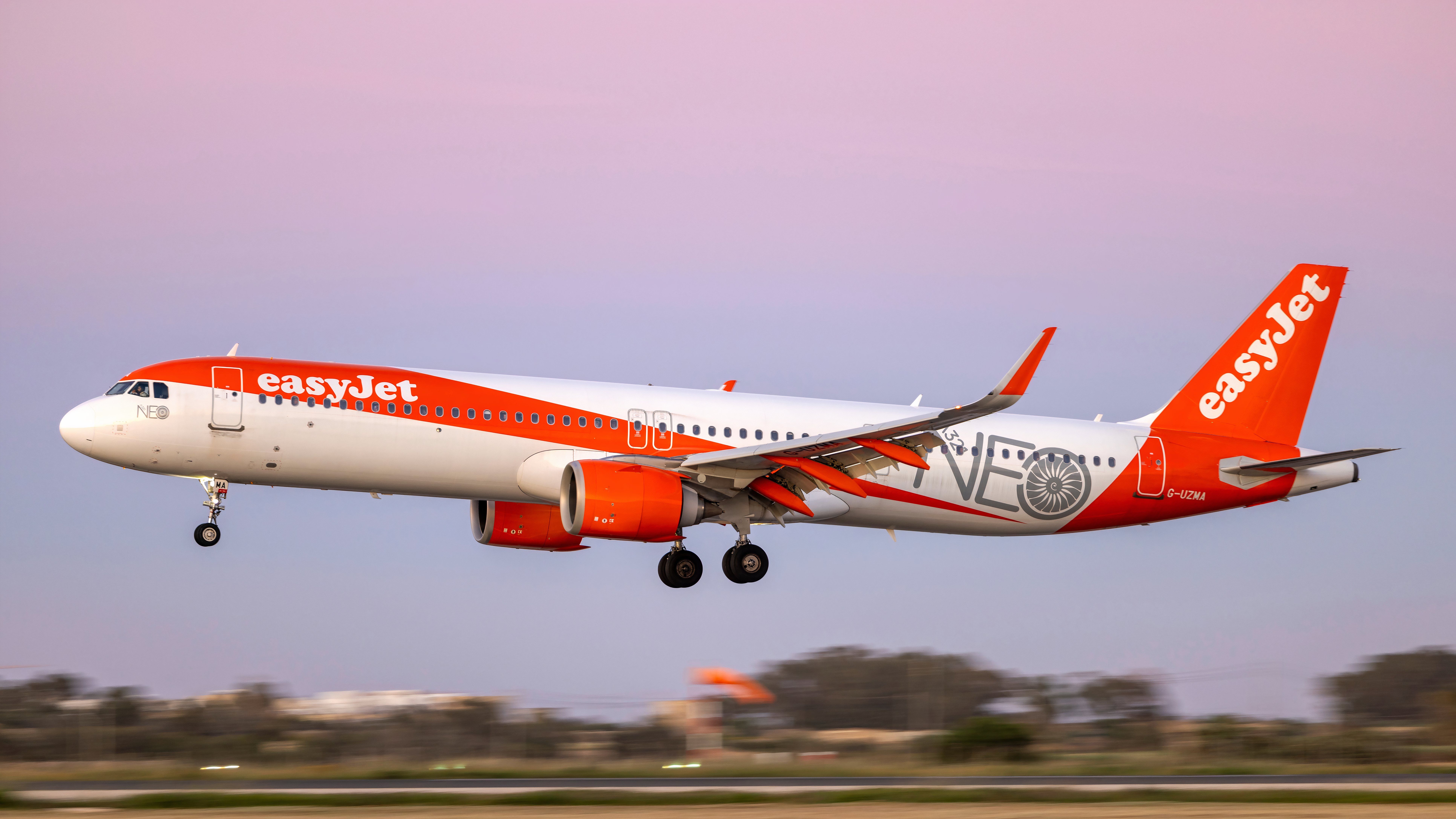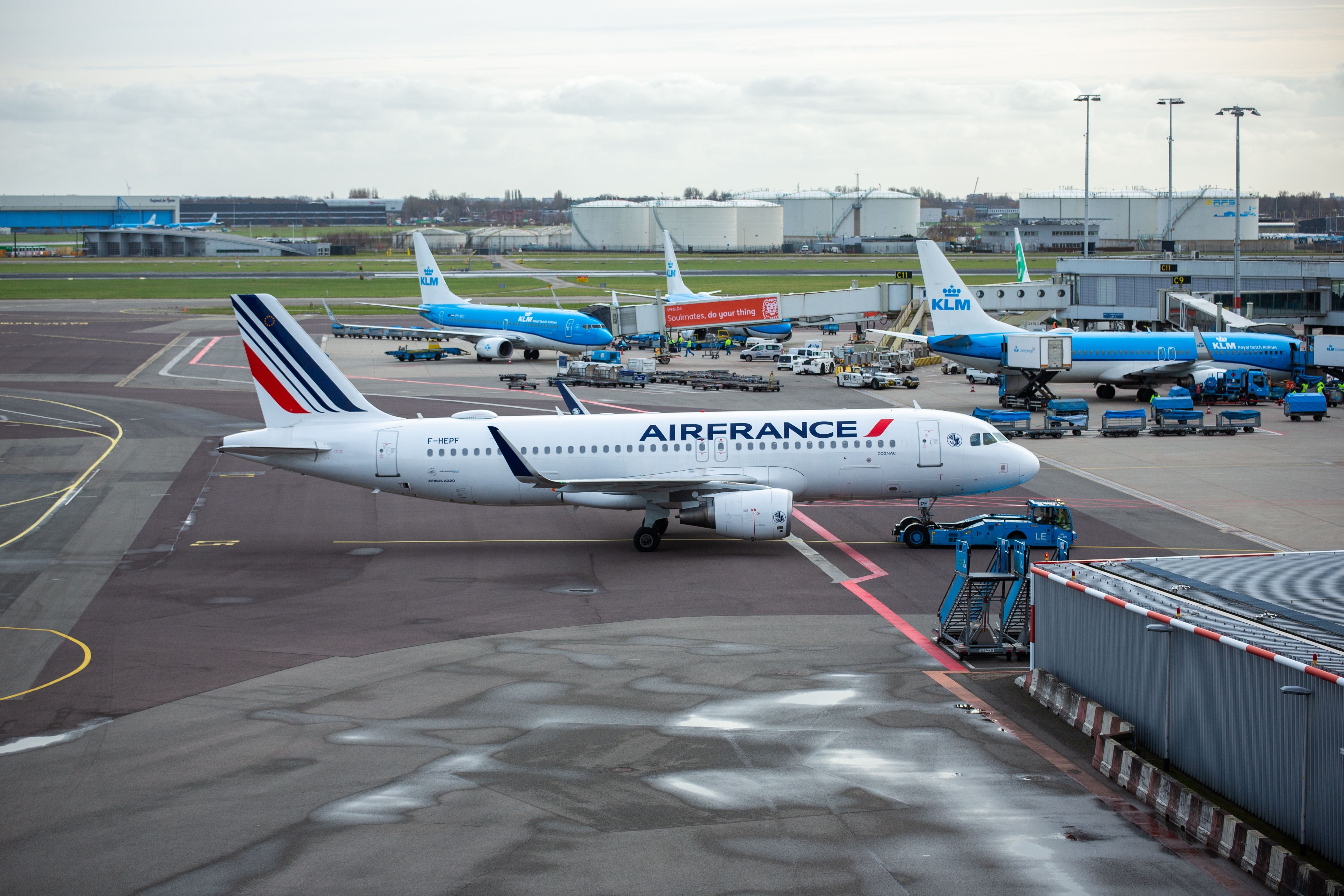In the United States, flying on a budget airline typically comes with a 10-15% reduction in fare price, something that European ultra-low-cost carriers would simply laugh at. Flying on easyJet, Ryanair
, or Wizz Air will often come at a third or even less of the price of flying with a full-service network carrier like British Airways, Air France, or Lufthansa. This is 100% by design.
As Ryanair has long been seen as the gold standard for cost-cutting in the European ultra-low-cost aviation market, it is good to use them as an example. Ryanair aggressively cuts it operational costs in almost every way possible in order to provide passengers with the lowest possible ticket prices, something which helps it capture passenger traffic.
As a result, the experience of traveling onboard an ultra-low-cost carrier in Europe is significantly different from flying on a budget airline in the United States. Flying with Spirit Airlines, Allegiant Air, Frontier Airlines or Sun Country Airlines is not all that different than flying with Delta Air Lines, American Airlines or United Airlines. Pretty much the only big differences are extremely cramped legroom and being charger for pretty much everything onboard an aircraft.
However, one flying with Spirit will still go to the same airport, pass through the same security checkpoints, board from a similar gate, and use a jetbridge to get to their plane. In Europe, the system is completely different. Ryanair will operate out of completely different airports, often ones far removed from the city. Passengers will often board their aircraft via airstairs, or they will take a bus to a remote stand far away from the terminal where they can more affordably park their planes.
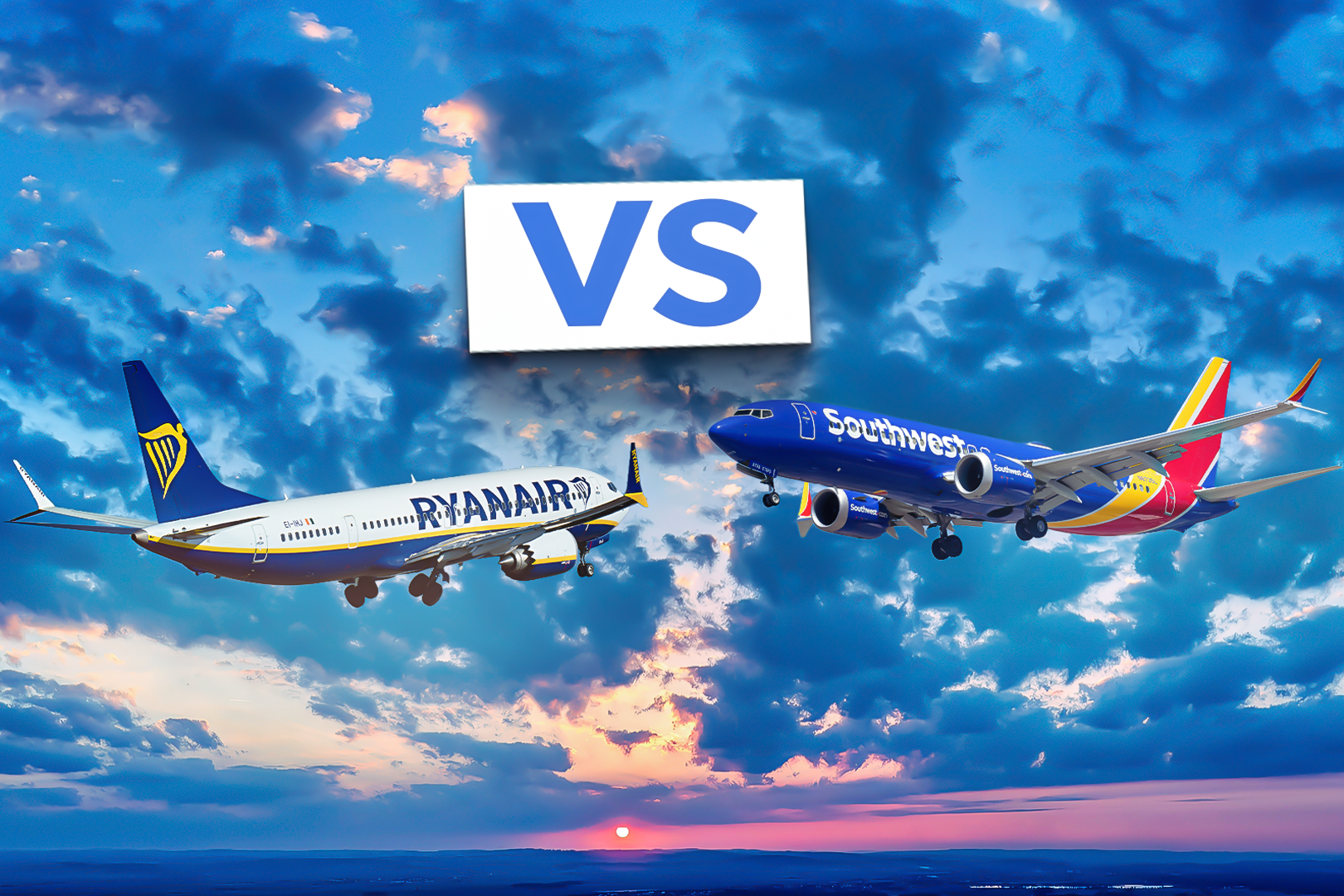
Related
How Ryanair Is Outperforming Southwest On The Low-Cost Model Southwest Built
Ryanair is outperforming Southwest even though it operates a smaller fleet than Southwest’s 800-strong fleet.
Budget airlines in Europe do not offer connections in most cases
Another major difference between flying with a low-cost airline in the United States and a budget carrier in Europe like Ryanair is that one rarely can connect on a European budget airline. When one looks for tickets on any search site, such as Kayak or Expedia, one will often find tons of connecting itineraries for US carriers. When Simple Flying analyzed ski season ticket prices from New York to Salt Lake City International Airport (SLC), we found that connecting flights with budget airlines like Spirit Airlines or Southwest Airlines were almost always the cheapest option for passengers.
These cheaper itineraries offer passengers a discount for the inconvenience of connecting somewhere out of the way. For example, those traveling from New York to Salt Lake City on the cheapest Spirit Airlines tickets will have a multi-hour layover at Harry Reid International Airport (LAS) in Las Vegas.
Photo: HarrisonKim1 | Shutterstock
An even stronger example of this phenomenon can be found when analyzing Southwest Airlines’ operational model. This airline relies almost entirely on connecting passengers through many major hubs even though it is still technically a point-to-point oriented budget airline. Southwest’s core routes often connect underserved destinations with popular leisure hotspots during peak vacation periods, but passengers using Southwest will often find themselves connecting through places like Chicago Midway Airport (MDW) or Dallas Love Field (DAL).
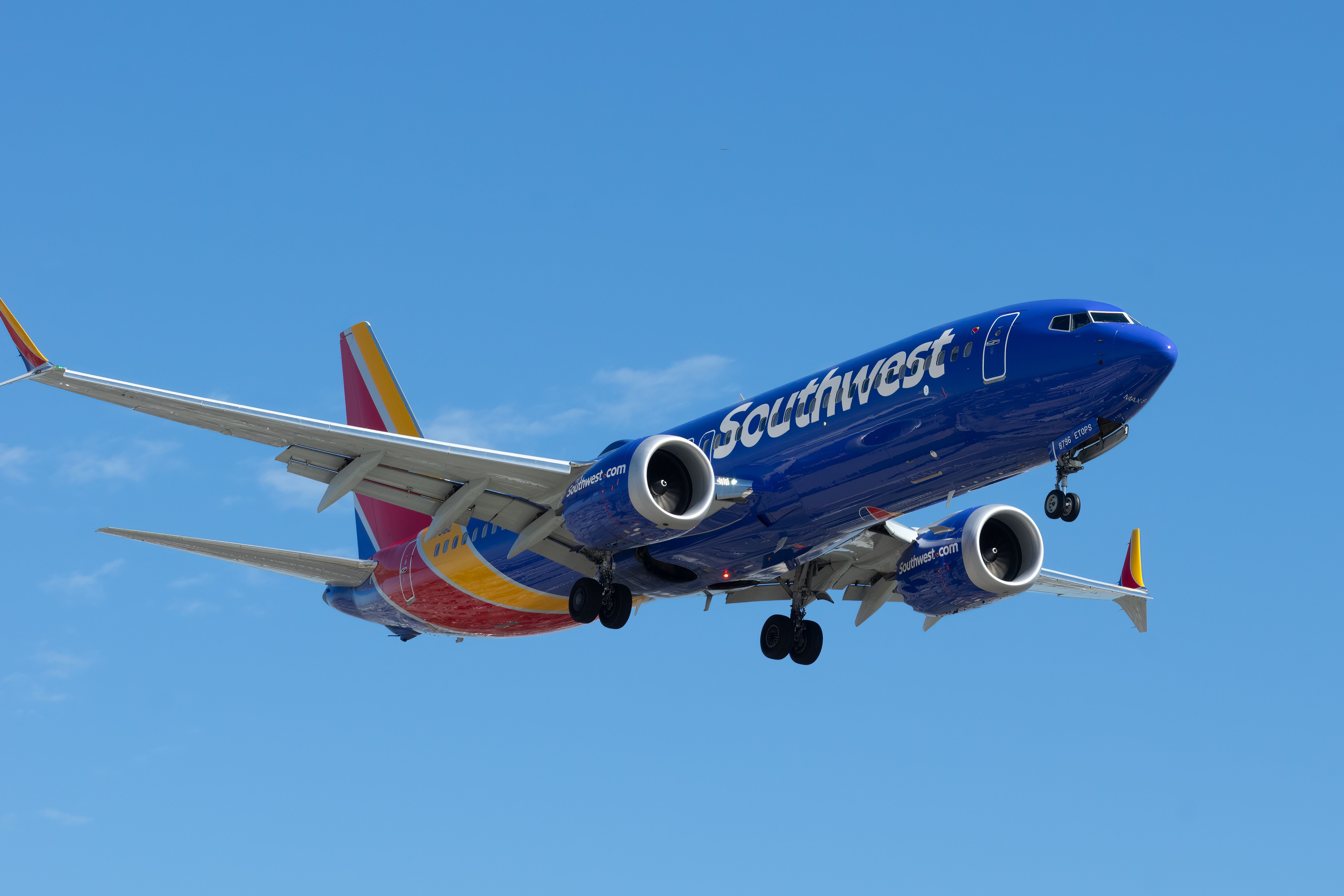
Related
Southwest Hubs: A Look At The Airline’s Most Served Cities
The airline serves over 120 destinations across the United States and surrounding countries.
The benefits of offering connecting flights are actually fairly straightforward. For starters, they allow an airline like Southwest to expand its network, and give passengers from a new destination access to hundreds of new itineraries. Furthermore, they allow an airline to efficiently use its limited fleet to serve as many destinations as possible.
Despite these notable benefits, European low-cost carriers stay far away from operating connecting flights for a few key reasons. While this may seem counterintuitive for airlines like Ryanair, which are entirely oriented around improving operational efficiency, there is a strong case to be made against operating these kinds of services as an ultra-low-cost carrier. In this article, we will take a deeper look at exactly why airlines like Ryanair do not offer connecting flights to passengers.
Get all the latest aviation news for Europe
from Simple Flying!
Connecting passengers would significantly increase operating expenses
The most obvious reason why European low-cost carriers restrict passengers to point-to-point itineraries is that allowing connecting travel would substantially increase an airline’s operating costs and reduce operational efficiency (at least for carriers operating wide point-to-point networks from secondary markets). For an airline like Ryanair, having connections as an option poses a serious risk, as it can prevent them from being able to efficiently plane and deplane and fly their aircraft as much as possible. The carrier has experimented with connecting flights in the past, according to The Irish Times. However, these were again scrapped.
Photo: Jack Darling Photo | Shutterstock
Unlike full-service network carriers, which schedule their flights in “banks,” ultra-low-cost carriers have their aircraft flying, around the clock, all day long. Airlines like Ryanair and easyJet operate nonstop services all hours of the day, and they do not coordinate the arrivals or departures of their flights. Because these airlines want to use their jets nonstop, attempting to coordinate hub transfers would be extremely inefficient.
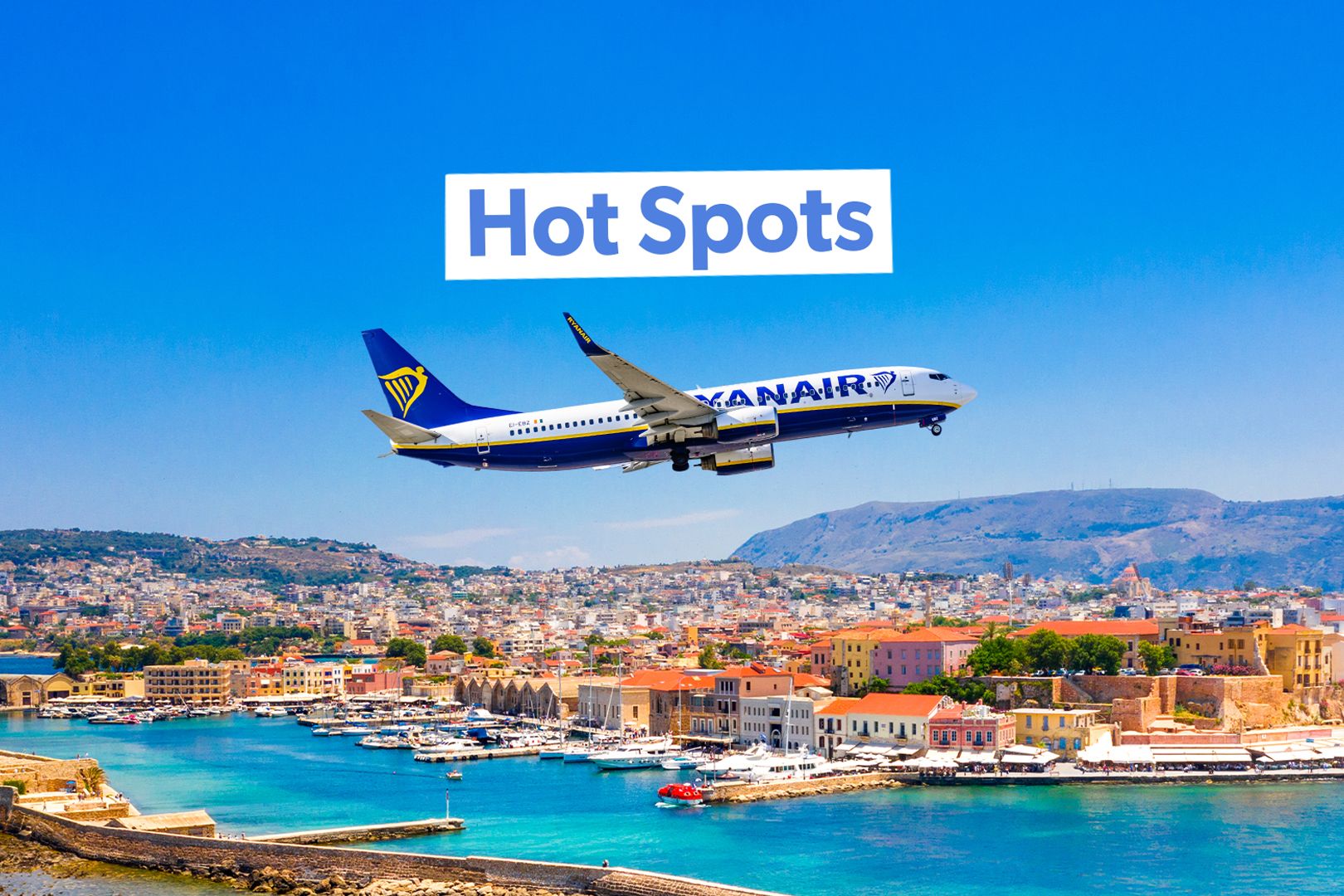
Related
Ryanair’s 7 Longest Nonstop Summer Routes
Ryanair operates a fleet of over 300 Boeing 737 aircraft across multiple variants.
Low-cost carriers, however, could choose to operate a “rolling” hub system, in which flights roll in throughout the day and thus passengers will be subject to longer wait times. However, these would also pose serious risks for airlines like Ryanair, which want to lower operational risks as much as possible. Specifically, the airline wants to prevent itself from having to pay anything to passengers when things go wrong.
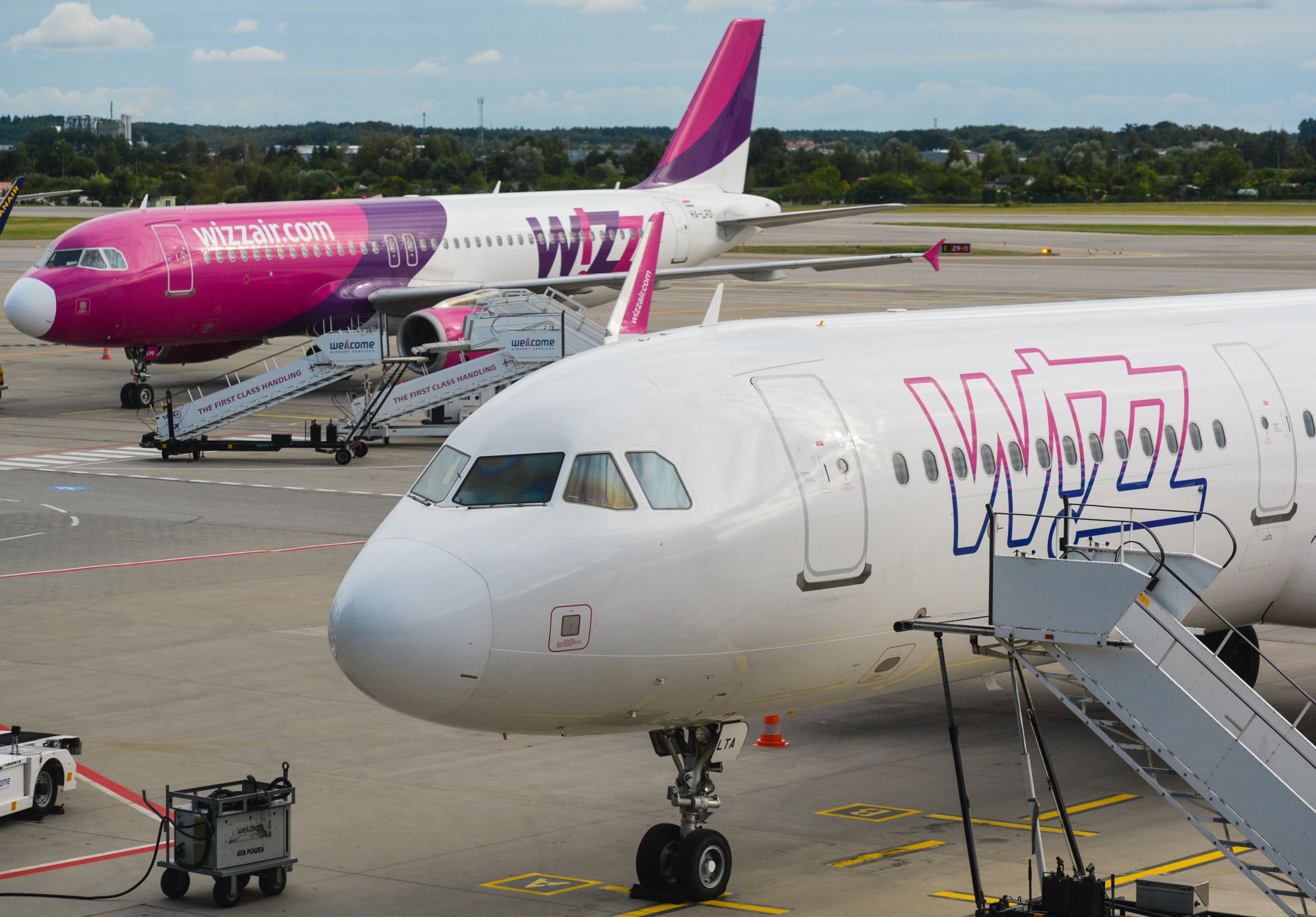
Wizz Air
- IATA/ICAO Code
-
W6/WZZ
- Year Founded
-
2003
- CEO
-
József Váradi
For this reason, connecting flights pose a major risk to airlines like Ryanair. Specifically, if a passenger’s inbound flight is delayed, then the airline will be required to pay to rebook them on a new flight, or even give them lodging for the night if a missed connection requires an overnight stay. Ryanair flights, although known for efficiency and punctuality, are still subject to delays and these delays could prove extremely costly if the airline is still managing hundreds of passengers who missed connections.
Photo: InsectWorld | Shutterstock
Airlines like Ryanair would reap limited benefits from offering connecting flights
At the end of the day, it is simply easier for airlines like Ryanair to do away with connections altogether. While they do pose significant operational risks, another principal reason for not offering is that there are few upsides for the operator. Ryanair operates a point-to-point model, meaning that any new destination is likely to already be served from multiple different places. Unlike legacy carriers, Ryanair tends to expand its flight network in waves, meaning that there are limited benefits to offering flight connections between two destinations.
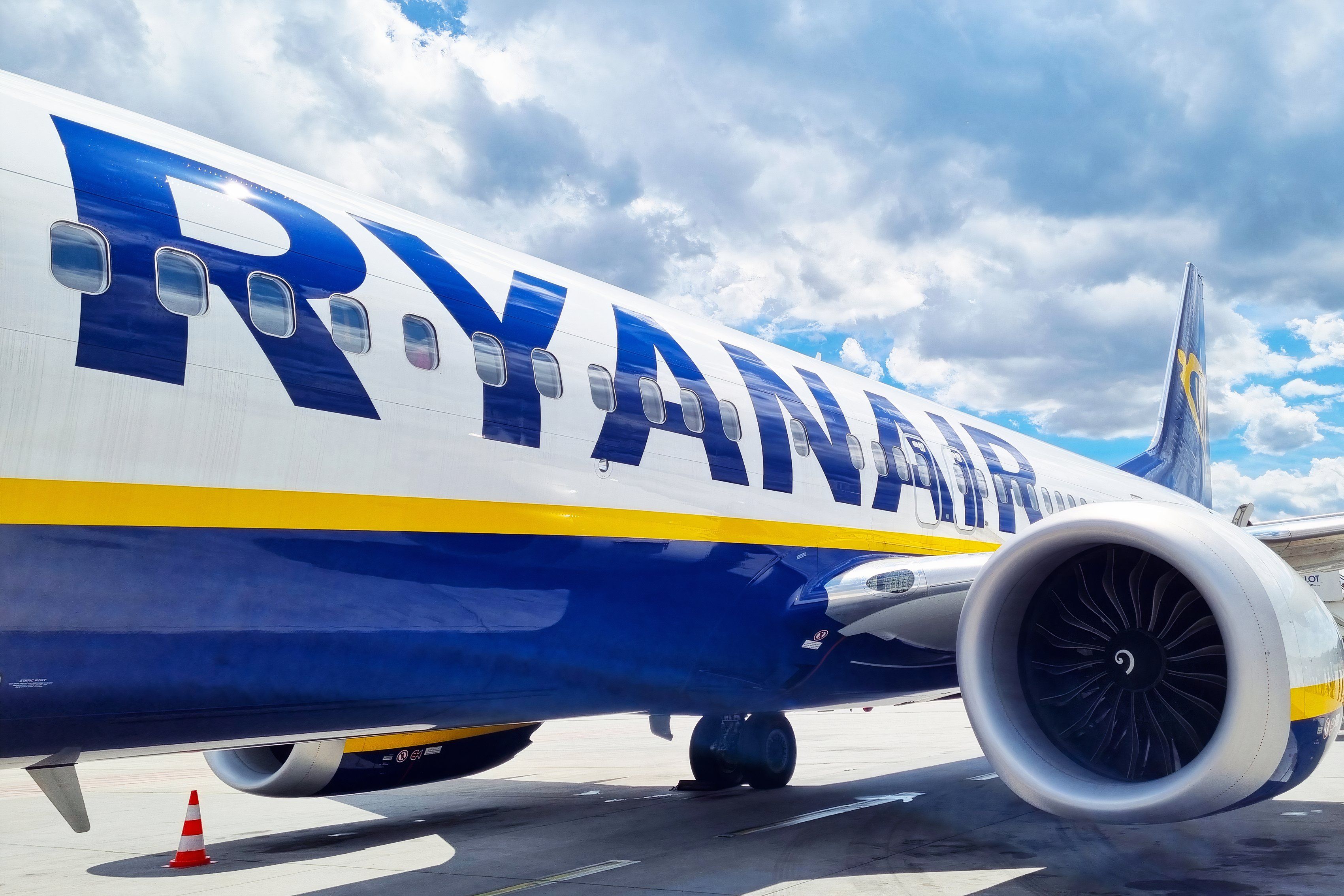
Related
Ryanair Will Stop Flying To These 6 Airports This Year
They are in Denmark, Germany, and Spain.
For starters, the carrier is already likely to serve most of the destinations within its network with nonstop services. This is in sharp contrast to a carrier like Air France, which operates hundreds of daily flights through just a couple of hubs, but offers fairly limited nonstop connectivity between other points in its network.
Photo: minhanphotos | Shutterstock
The difference, however, is that an airline like Air France generates enough per ticket in revenue that offering connections to expand its network far outweighs the risks that come along with operating nonstop flights. Ryanair, by contrast, is quick to advertise its status as a point-to-point carrier, and it reminds passengers constantly that connecting flights are not an option whatsoever.
So what’s the bottom line?
For an airline like Ryanair, the benefits are extremely limited. There are not many passengers looking to fly on Ryanair to destinations that it does not already serve nonstop, and there are extremely large risks for the airline. When a carrier is generating just $20 or $30 per ticket, there is very little room for an airline’s costs to inflate. This, at the end of the day, leaves Ryanair extremely vulnerable.
For those who have followed the industry, one thing is for certain: ultra-low-cost carriers like Ryanair will do anything to reduce their operational expenses. Nonetheless, this has often been cited as one of the principal keys to the long-term success of airlines like Ryanair. While some European low-cost carriers do offer connecting flights, this is only typically done when the airline is required to or where no other recourse exists. For example, easyJet does offer flight connections, but they are for an extremely limited number of destinations and are mostly for partner airlines, according to the carrier’s website.

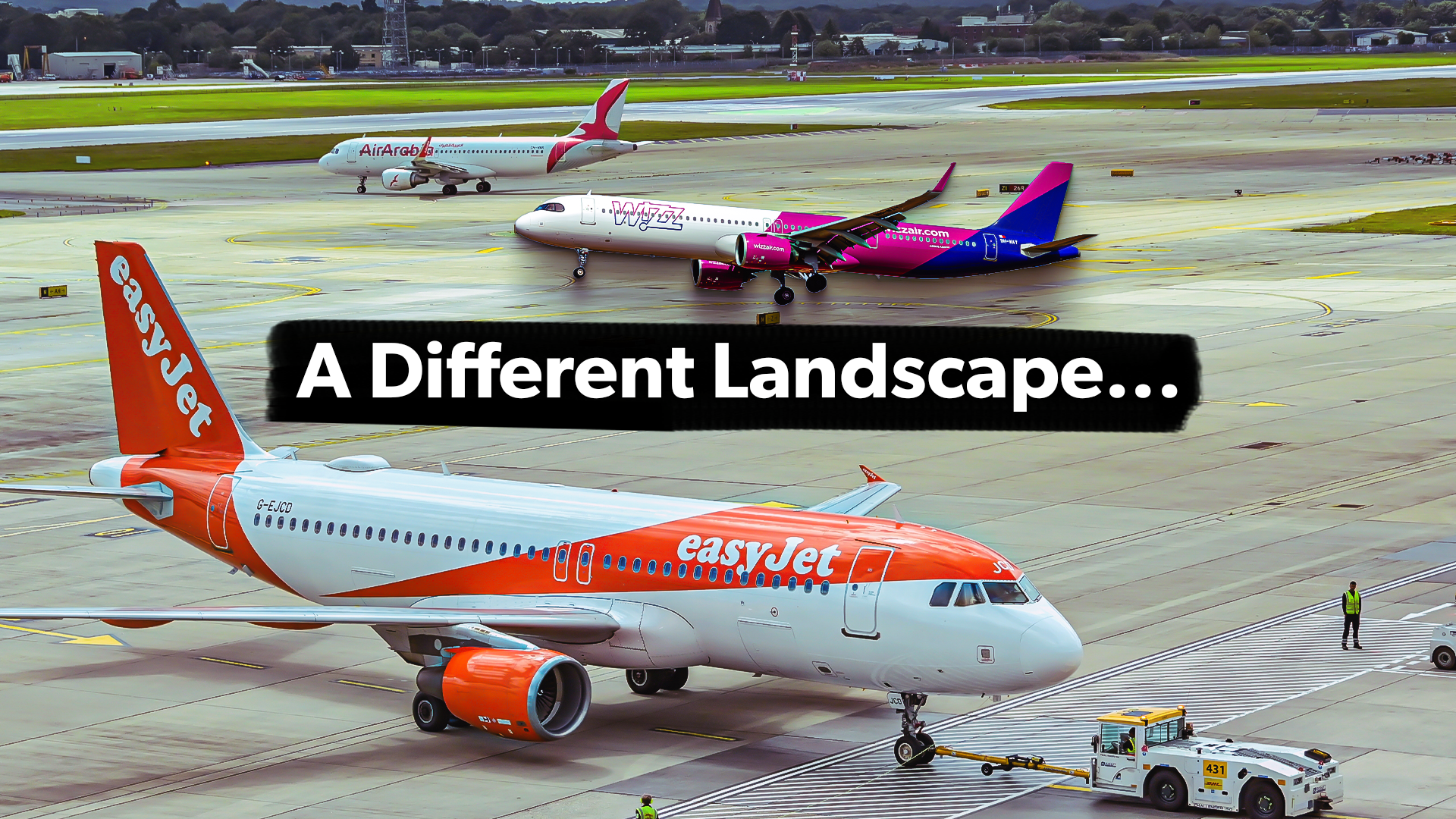
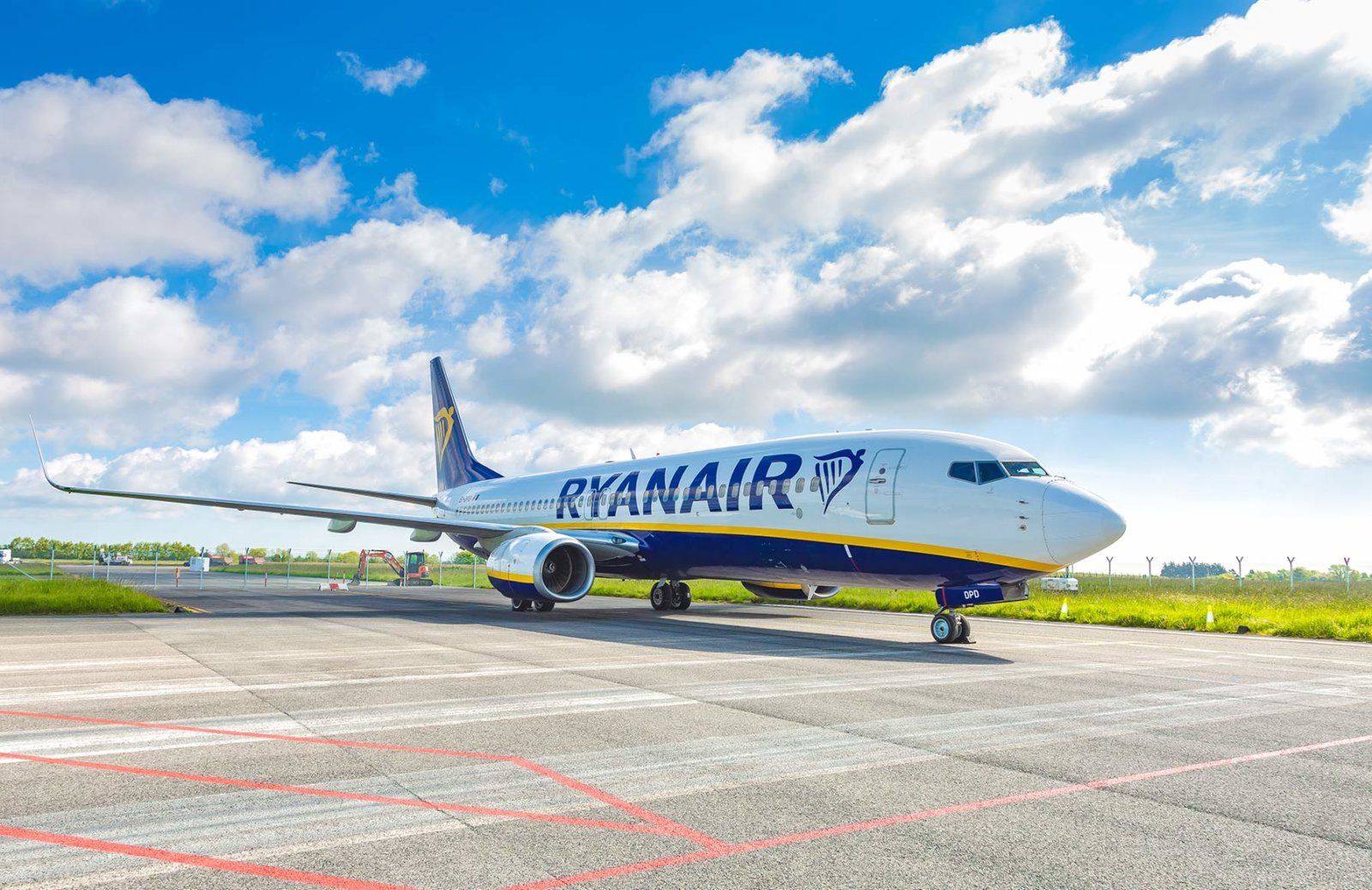
.jpg)
